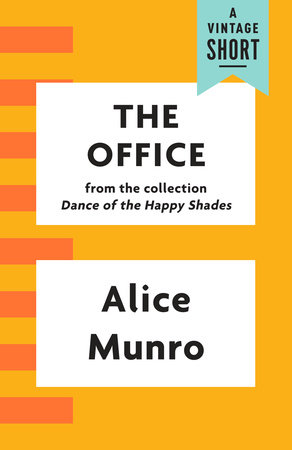Alice Munro Dance Of The Happy Shades Pdf

Welcome, Katherine. Your being a visual artist should give you a real boost with Munro.
Of the happy shades alice munro PDF may not make exciting reading, but dance of the happy shades alice munro is packed with valuable instructions, information and warnings. We also have many. This is a list of short stories written by Alice Munro.It includes stories that were published in single-author collections (books), the first story ever published, 'The Dimensions of a Shadow' (1950), and other stories having appeared elsewhere. Igra otbivatj sharik platformoj skachatj.
People have talked about the ways in which she uses a “photographic” eye to build her stories. Her stories are so rich that they allow for a variety of people to have a variety of reactions. When you look at a story from the visual vantage point, those visual details inform the people in the stories. And then, we all bring our own experience to the story as well. It’s uncanny the way Munro honors what real people are like. In an interview with Rex Murphy (1990) she talks about one story taking a month or six weeks. She comments that when the story is finished she runs around and does all the things in the house that had been left undone while she was working.
My point is that she allows plenty of time to study her story, to layer it. So I am interested in your phrase – “what the author intended”. I get the feeling that Munro wanted her stories to have a lot of space – enough space for a lot of different readers.
She wanted to give you something to think about. She uses the word layers to describe her work. The layers allow for different points of view, for one – and also allow for different readers to have different experiences. Trevor and I are one small example of that. We don’t always agree on things, and we almost always notice different angles. Thanks for your note. I like it that you remind me of the visual nature of her work.

The Mind’s Eye shows how Alice Munro’s first collection of short stories, Dance of the Happy Shades, establishes the themes that continue throughout her work of the ensuing forty years. Several of the stories, such as “An Ounce of Cure” and “Day of the Butterfly,” read as narratives by a writer at the beginning of her career, experimenting with the genre of the short story and dealing with autobiographical material from her childhood, youth, and young adulthood. Others such as “Walker Brothers Cowboy,” “Images” and “The Peace of Utrecht,” already reveal Munro’s personal mastery of the form, and the preoccupations that have characterised all her work since then. She is fascinated by the role of the senses, particularly sight, in the perception of the world; by the link between the real world and the world of the imagination; by the way the past haunts the present, through unreliable memories that change over the course of time; and by the sense that secrets and mysteries can be experienced but never entirely understood. The book is divided into seven chapters that address key aspects of Munro’s collection: Genre; The Gothic and the grotesque; Memory and temporality; Growing up; Gender, mothers and fathers; Class; The artist and society. Although these themes run across several, or most of the stories for some of them, a few representative stories are given a close reading in each chapter, so the stories of the collection are analysed as distinct narrative units.